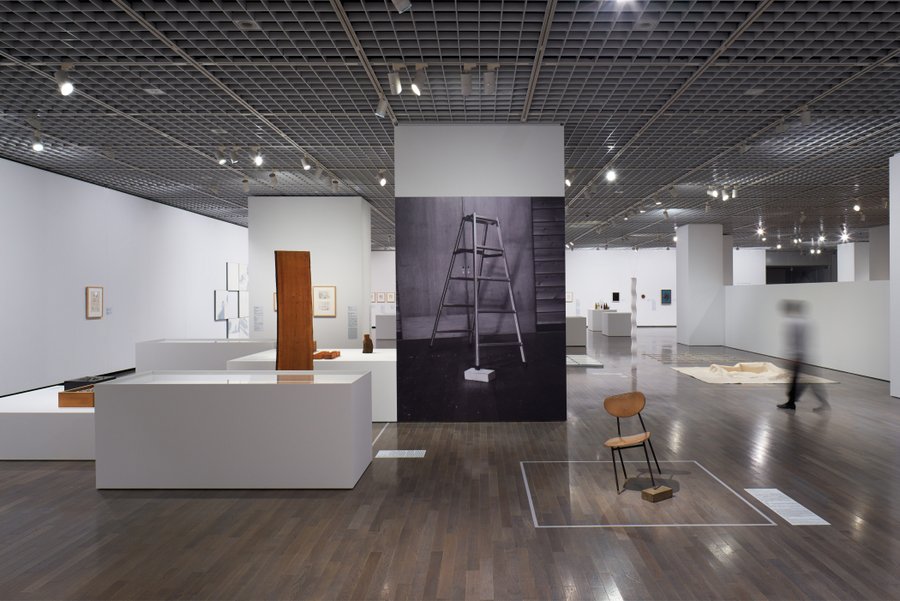Recent Posts
-
Installing Spotlights in Ceiling | Obals Expert Guide
Learn the expert steps and best practices for installing spotlights in your ceiling. Discover the benefits, tools needed, and tips for achieving a professional look.
06/21/2024
-
Warm White Versus Cool White | Expert Lighting Guide
Discover the differences between warm white and cool white lighting. Learn from industry experts about their applications, benefits, and how to choose the right color temperature for your space.
06/21/2024
-
Under Cabinet Lighting Kitchen | Expert Guide
Explore the benefits and best practices for installing under cabinet lighting in your kitchen. Learn from industry experts about types, installation tips, and design ideas to optimize your kitchen lighting.
06/20/2024
-
Screwfix LED Downlights | Expert Lighting Guide
Discover the advantages and best practices for installing Screwfix LED downlights. Learn from industry experts about their features, benefits, and tips for optimizing your lighting setup.
06/20/2024
-
Modern Lighting Factory | Expert Insights
Explore the advancements and benefits of modern lighting factories. Learn from industry experts about the latest technologies, manufacturing processes, and design trends in the lighting industry.
06/19/2024
Illuminating Spaces: The Art of LED Architectural Lighting
Illuminating Spaces: The Art of LED Architectural Lighting
LED architectural lighting is transforming the way we illuminate buildings and spaces. As experts in the field of lighting, we recognize the significant impact that LED technology has had on architectural design. LED lighting offers architects and designers unparalleled flexibility, efficiency, and creative potential, enabling them to craft unique and sustainable lighting environments.
One of the key strengths of LED architectural lighting is its versatility. LEDs can be integrated into a variety of architectural elements, including facades, landscapes, and interior spaces. This versatility allows for innovative lighting designs that can highlight architectural features, create mood, or enhance functionality.
Energy efficiency is another major advantage of LED architectural lighting. LEDs consume significantly less energy than traditional lighting solutions, making them an eco-friendly choice for large-scale architectural projects. This efficiency not only reduces operating costs but also minimizes the environmental impact of lighting design.
The longevity and durability of LED lights are also essential for architectural applications. LEDs have a longer lifespan compared to traditional lighting, reducing the need for frequent replacements and maintenance. This is particularly beneficial for hard-to-reach areas in architectural settings.
Moreover, LED lighting allows for precise control over light intensity and color. This control enables designers to create dynamic lighting effects and adapt the lighting to different times of the day or specific events. The ability to customize lighting settings adds a new dimension to architectural design, offering endless possibilities for creativity.
In conclusion, LED architectural lighting is at the forefront of modern lighting design. Its blend of energy efficiency, durability, and design flexibility makes it an ideal choice for architects and designers looking to push the boundaries of lighting and architecture.

